Barcelona is an absolute gem of a city to visit and is justifiably one of the most popular cities to visit in Europe. There's no shortage of amazing sights to see here, things to do and delicious foods to eat so when you visit the city so its easy to see why so many people feel right at home once they visit – there truly is something for everyone here.

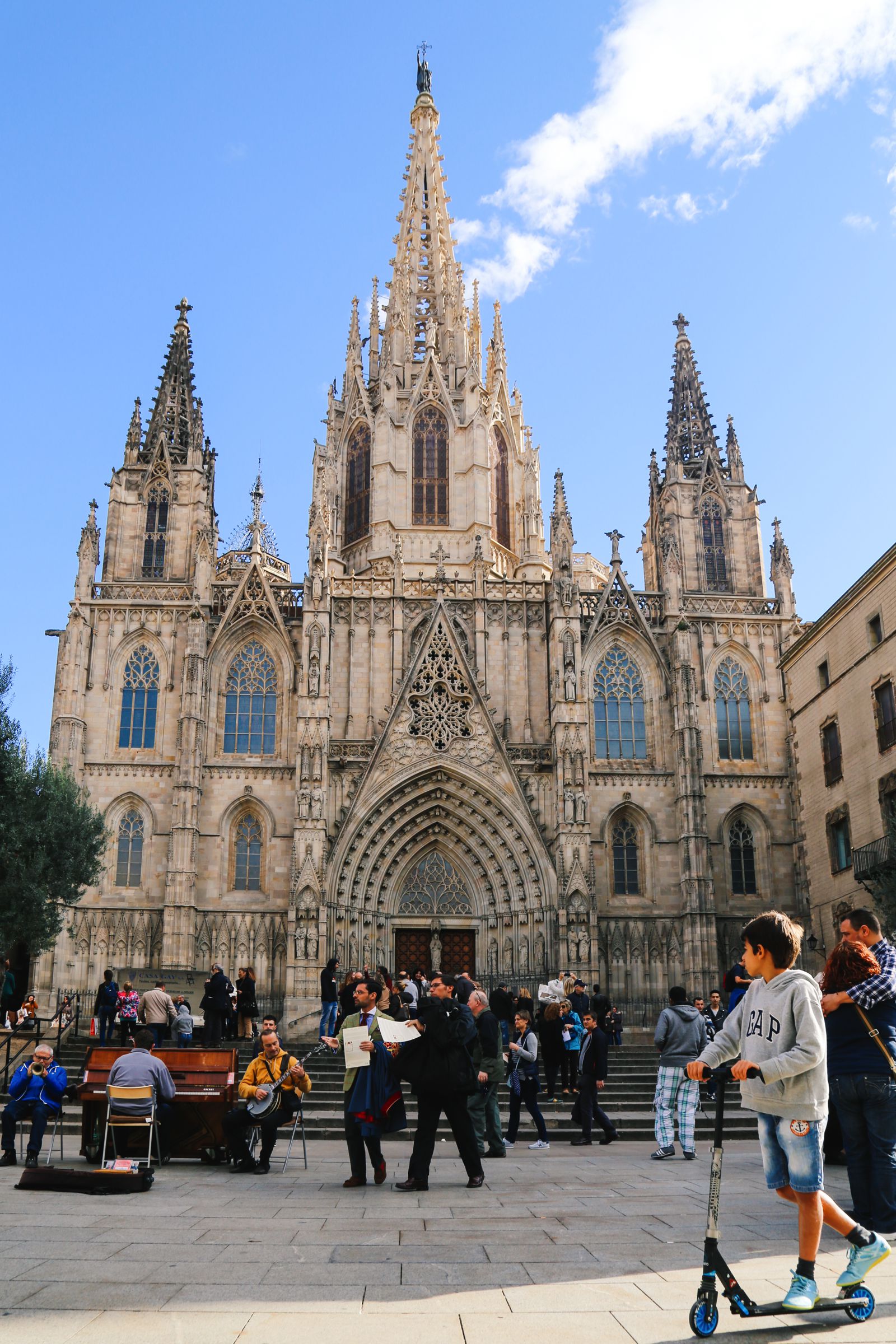
Now every traveller worth their salt knows the best way to experience any destination is through the help of a local. The only issue with this is that it's nigh impossible to know someone at every destination you visit and even if you do, you then have to convince them to take time out of their busy schedules to show you around (remember – you're on holiday, not them – they probably still have regular work/study/life schedules to keep up with).


As it turns out, it's a lot easier to find a local to show you around the city than you think – cue Showaround (available at www.showaround.com). With Showaround, the idea is pretty simple, you connect with locals in whatever destination you're visiting in the world and they can show you the city! Some locals charge a (very affordable) fee, others do it for free (you can tip afterwards if you enjoyed the tour) and whatever option you go for, you can guarantee that you will get a unique experience of the city that you'd otherwise never have had.

Of course, we're not just saying this blatantly untested – we actually headed out to Barcelona recently to give the service a try (no point trying London, especially seeing as we live in London). The process is straight forward –
a.) You select the place you want to visit
b.) You select the person/people available in the destination (they all have different specialities e.g. arts tours, night life tours, foodie tours…etc so you pick the person who fits you best)
c.) You then select a day and time for the tour
d.) The logistics of when are where are mutually agreed upon by you and the local showing you around the city



Pretty easy, right? Pricing-wise, in Barcelona most that we found were around €7 – €10 per hour with a minimum of 2 hours so €14 – €20 for your entire group. (Meaning €7 per person for the ones we ended up booking).

We went a bit greedy here and decided to go on two tours. Partly to get a different perspective from multiple people on the city but mostly to be extra sure where the best place to get tapas in the city is! 🙂 (If you're not on the hunt for tapas in Barcelona, you're just not doing it right! 😉 ).


We've distilled all the knowledge we have from the 2 locals who showed us around, along with some that we already had of the city and put together the 27 things you definitely need to know about visiting Barcelona!
See Also: 8 Things You Have To Do In London This Winter!

1.) Take a bottle with you when you go exploring the city. There are taps all over the city with drinkable water from these taps
2.) Beware of people getting too close to you on public transport. If someone's touching you, they're probably tying to pick your pockets.
3.) The most contemporary art gallery in Barcelona is at the 3 chimneys garden. Note: its called a garden but there isn't really any grass here or anything else you'd expect of a typical garden. This is an outdoor space where local artists and art enthusiasts get to create their own art pieces, some of which is straight up graffiti but all of which add to the reason why this is known as Barcelona's most contemporary art gallery.


4.) If you want to be guaranteed a pretty good night out in Barcelona, Sala Apolo club is the place you have to go to! Entry prices include a 'free' drink so make sure you get yours as soon as you go in. The closest stop on the Metro is Paral.lel station.
5.) Speaking of nights out – the entry fee to clubs (averaging around £10 where charged – some places are free) includes one drink upon entry. This is very typical in Barcelona so look out for it when on a night out.
6.) The best street to go to for tapas and pintxos is Blai Street. This is where the locals head with their friends and is the perfect place to meet for drinks and food before a night out. When you're here Blai 9 is one of the best spots to head to for pintxos!
7.) If you find yourself in or near La Rambla or the general Gothic Quarter area, make sure you pop into the Forest of the fairies (El Bosc de Les Fades). It's right next to the Wax Museum (which understandably, isn't for everyone) and is very easy to miss if you're not looking for it. I know first hard that I'd never heard about it before visiting with our guide for beers and the décor here is absolutely fantastic and whimsical. Its definitely worth a visit… and don't worry, you wont be the only one whipping your camera out for a cheeky photo when you visit – you'll be in good company with other tourists who


8.) The oldest neighbourhood to visit is Raval. It used to be a lot more unsafe in the past but it's very gentrified now and is a hotspot for rather cool restaurants and events. It's the kind of place traveller like us would typically miss but the locals would hang out in (kinda like the way Brixton and Peckham are going in London).
See Also: The Most Beautiful City in Spain!
9.) The best way to 'do La Rambla' is to take detours as you go along. Veer off into the side streets and pop into bars or restaurants around that area. The best gems here are not always on the main strip.
10.) A place you have to visit in Barcelona is Boqueria market. It's great for lunch and for getting avariety of amazing food and edible supplies.
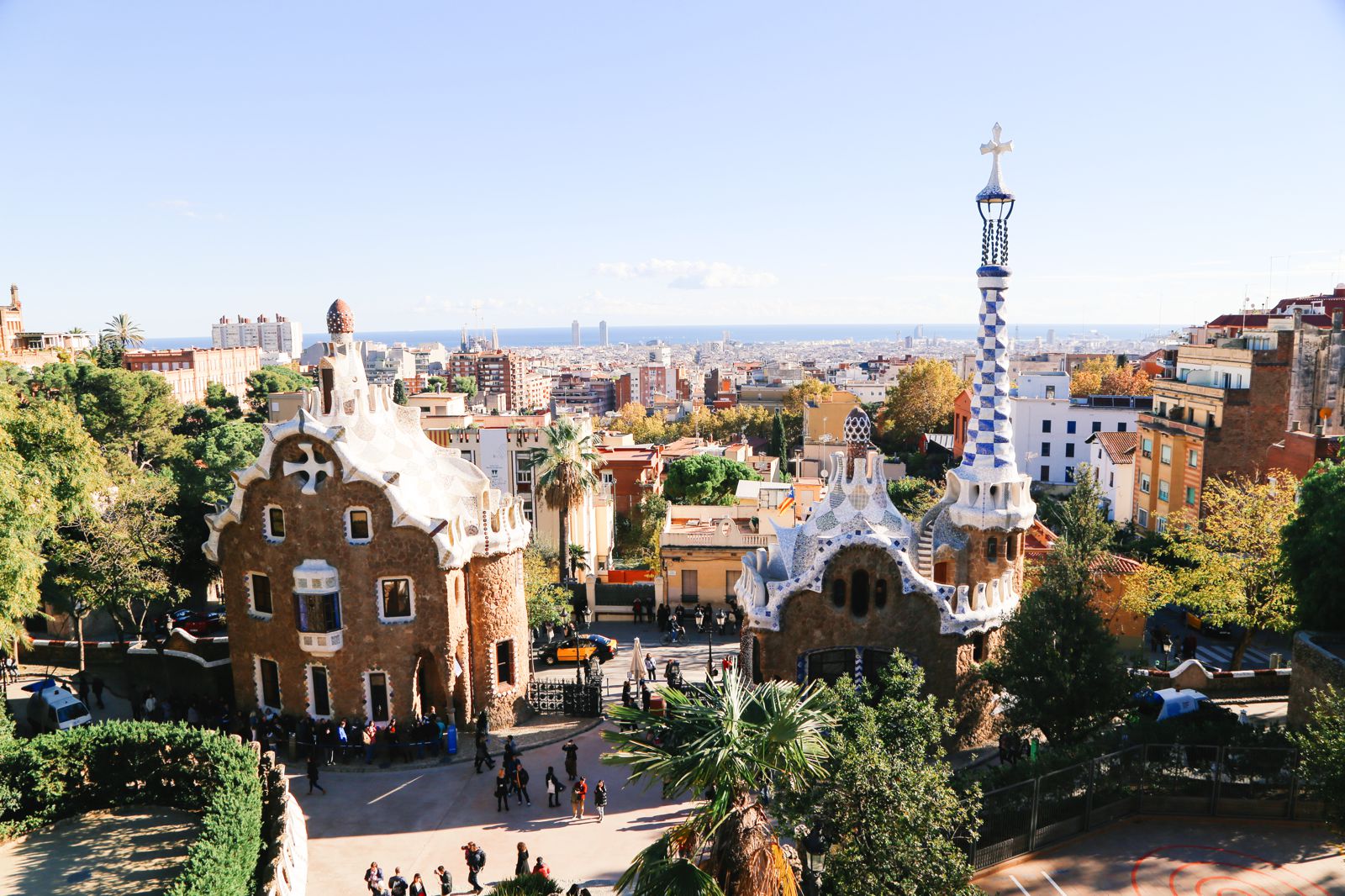

11.) The Church of Santa Anna is a place in Barcelona most people would never think to visit and is most definitely worth a visit, even if just for the picturesque courtyard here.
12.) Head up to Plaça Sant Felip Neri for a gem typically missed out by most visitors to Barcelona. This square is off the main street and is home to Sant Felip Neri church, which still has 'scars' to the outside façade of the church after the 1938 bombings in the civil war.

13.) Another Barcelona gem is Basilica dels Sants Martir Just i Pastor which again is on a remote side-street and most likely missed out on a typical visit to the city.
14.) When you're here you have to visit Basilica de Santa Maria del Mar. This is actually quite a popular destination to visit but in the search of all things 'Gaudi' in Barcelona, its so easy to miss this one out. A visit here (or even a simple look at the photos of it) very quickly point out why you need to add this to your Barcelona travel plans.
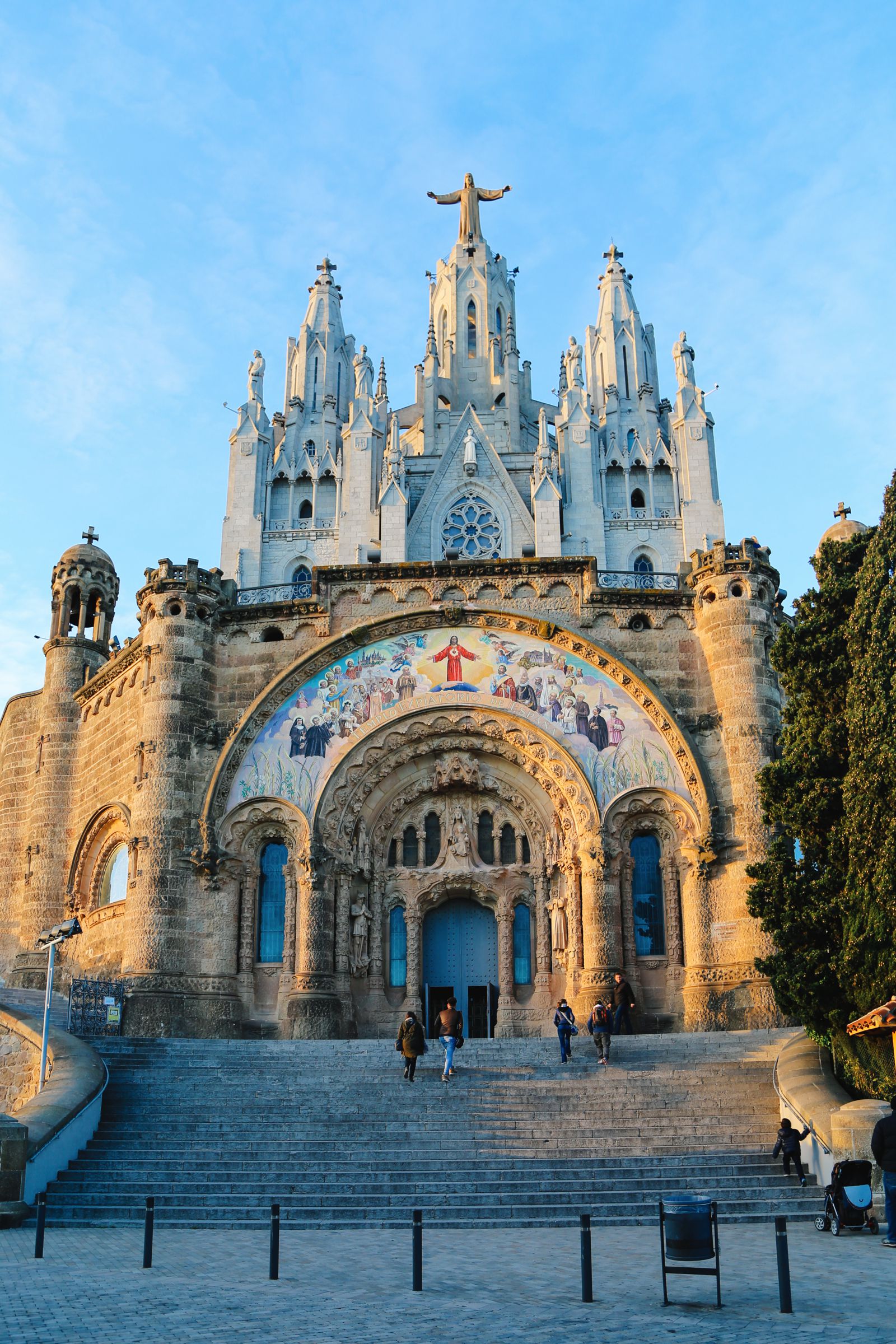

15.) A great place to get a fantastic view of the city is Bunkers del Carmel. In the past, this used to quite a fringe place to hangout but has quickly (and justifiably) grown in popularity over the years.
16.) A bar you have to visit is Mescladis. This outdoor bar is very popular with the locals and quite easily missed traveller like you and I. It's about 7 minutes away from the cathedral and is worth visiting for a cold brew on a scorching Barcelona summer day.
17.) Gracia in Barcelona is a square worth visiting when you're looking for drinks or food. Its got great restaurants, cafes and bar and comes very highly recommended.

18.) If you're taking a taxi from the airport, the typical charge to the city is €29 but the minimum is €20 so bear that in mind when planning transport.
19.) Barcelona has a very fantastic underground metro system and is worth using when you want to get around the city.
20.) Book your tickets for La Sagrada familia in advance. Seriously, you will end up queuing for hours if you don't – save yourself the hassle and just do it online in advance.

21.) Dinner is late here. Starting dinner at 10pm isn't unusual around these parts.
See Also: 12 Unique And Independent Coffee Shops You Must Try In London
22.) Two languages are spoken here – Catalan and Spanish. Barcelona is Catalan so its worth brushing up on your knowledge of Catalan before you visit.


23.) You have to see at least 3 Gaudi structures (extra points for you if you can see them all). No visit to Barcelona is complete without paying a visit to Gaudi's amazing architectural masterpieces.
24.) Speaking of Gaudi, some of his lesser-known pieces of work and definitely worth looking out for are the lamp posts. They come in two designs and can make for a fun little game trying to find them in the city. Here's a tip to get you started – one of them is in Placa Real…
25.) You need to stay as central as possible in Barcelona. The public transport is actually brilliant here but there's no point spending actual useful sightseeing time commuting.


26.) Another place to get a great view of the city is the Tibidabo amusement park (there's a cable car to take you up the hill). Best part is that while you're up here, you can not only take in the view of the city and enjoy the amusement park, you can also check out the absolutely amazing Sagrat Cor church.
27.) Barcelona has great beaches so do remember to pack your swimwear when you visit!



26.) Another place to get a great view of the city is the Tibidabo amusement park (there's a cable car to take you up the hill). Best part is that while you're up here, you can not only take in the view of the city and enjoy the amusement park, you can also check out the absolutely amazing Sagrat Cor church.
27.) Barcelona has great beaches so do remember to pack your swimwear when you visit!
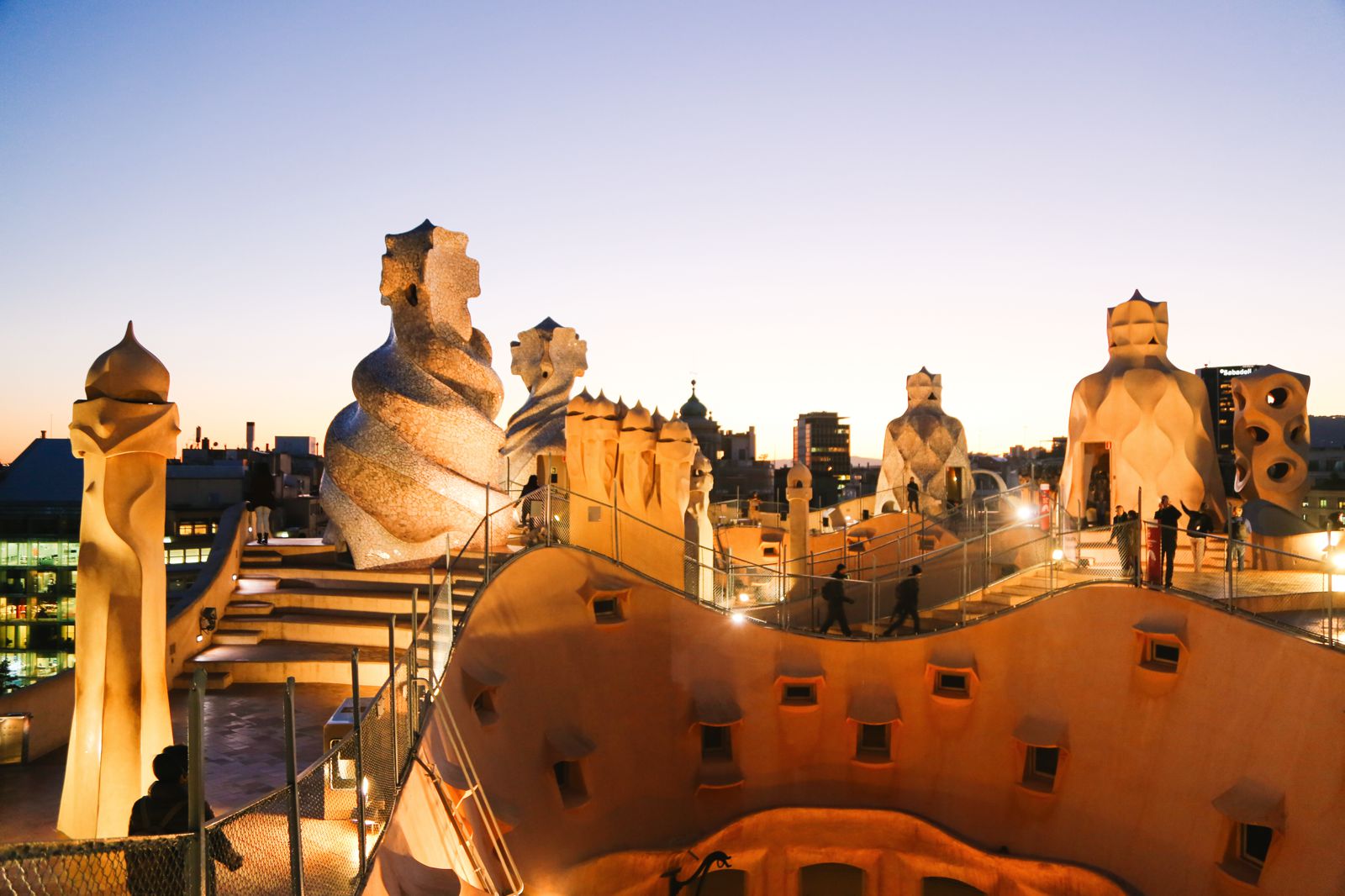

All in all, our tours with our two Showaround locals were a perfect example of how invaluable local knowledge is. Our guides were also pretty great fun and stopped with us for a cheeky drink (or two) as we explored the city. It also helps that they knew the best places to stop for drinks as well and hanging out with them definitely felt very different to our experience of Barcelona the first time around.

One of my favourite things about the experience as well is the fluidity of the plans. The guides are just people showing you their home and aren't working off an official script which means your experience of Barcelona is exactly what you want your experience to be. Big kudos to Showaround for helping change the way we all experience cities – I can't wait to call in the help of a Showaround local in the next destination we visit! 🙂 I wonder if they have anyone in Nimes… 🙂
Come join us on Snapchat! Our deets are - HANDLUGGAGEONLY
Source: A Local's Guide To Barcelona: 27 Things You Really Need To Know About Visiting Barcelona
 The hotel pool from above
The hotel pool from above  The hotel's view of the Adriatic
The hotel's view of the Adriatic  The wonderful landscapes give way to equally wonderful seascapes, with azure waters bathing white sands in coves adorned with picturesque fishing villages. Sail around the island to explore all those unspoiled spots. As a matter of fact, sailing has developped in a rather impressive way here. The modern marina in the town of Lefkada can host up to 620 vessels, attracting Robinsons in quest of fun and adventure on the island of Lefkada and on the smaller ones opposite Nydri: Prigkiponissia, Meganissi with the countless coves, Kalamos and Kastos with the secluded beaches and sea caves.
The wonderful landscapes give way to equally wonderful seascapes, with azure waters bathing white sands in coves adorned with picturesque fishing villages. Sail around the island to explore all those unspoiled spots. As a matter of fact, sailing has developped in a rather impressive way here. The modern marina in the town of Lefkada can host up to 620 vessels, attracting Robinsons in quest of fun and adventure on the island of Lefkada and on the smaller ones opposite Nydri: Prigkiponissia, Meganissi with the countless coves, Kalamos and Kastos with the secluded beaches and sea caves. Karpathos is situated in the most south part of Dodecanese complex, between Crete and Rhodes, and is the second largest island of the complex. Basically, it is considered a mountainous island (Kali Limni is the highest peak-altitude 1.214m) full of water springs, pine-trees forests, vineyards, olives and fruit-bearing trees.
Karpathos is situated in the most south part of Dodecanese complex, between Crete and Rhodes, and is the second largest island of the complex. Basically, it is considered a mountainous island (Kali Limni is the highest peak-altitude 1.214m) full of water springs, pine-trees forests, vineyards, olives and fruit-bearing trees. Kokkari is a fishing harbour of Samos Island, which has now developed into a tourist center. Still, it preserves its old traditional face, with small houses and lanes full of flowers. Kokkari is on a small peninsula full of houses which climbs up to the top of the hill with a small harbour on one side and a superb pebble beach on the other. Surrounded by green mountains and the view out to the sea, it's worth a journey.
Kokkari is a fishing harbour of Samos Island, which has now developed into a tourist center. Still, it preserves its old traditional face, with small houses and lanes full of flowers. Kokkari is on a small peninsula full of houses which climbs up to the top of the hill with a small harbour on one side and a superb pebble beach on the other. Surrounded by green mountains and the view out to the sea, it's worth a journey. Zákynthos is a verdant island endowed with fertile valleys and a temperate climate(area: 406 sq. km; coastline: 123 km). Its landscape diversity has resulted in different types of beaches: there are sandy beaches in secluded coves where the tranquil waters are deep blue on the island's southeastern part; yet, if rugged cliffs and an interesting underwater world are to your liking, try the western part of the island.
Zákynthos is a verdant island endowed with fertile valleys and a temperate climate(area: 406 sq. km; coastline: 123 km). Its landscape diversity has resulted in different types of beaches: there are sandy beaches in secluded coves where the tranquil waters are deep blue on the island's southeastern part; yet, if rugged cliffs and an interesting underwater world are to your liking, try the western part of the island.
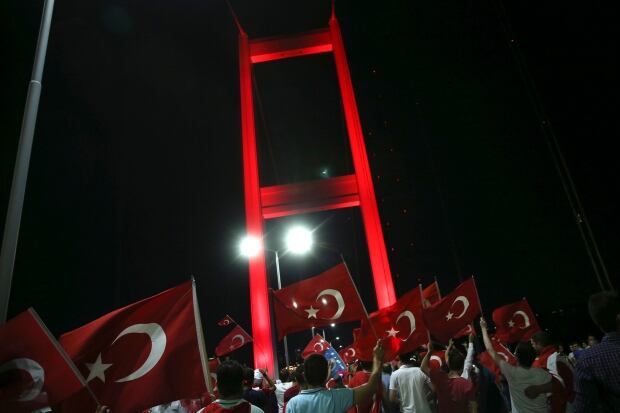
 Shoreditch is London's hippest neighborhood.Flickr/Garry Knight
Shoreditch is London's hippest neighborhood.Flickr/Garry Knight The best safari honeymoon destinations Play! 01:45
The best safari honeymoon destinations Play! 01:45 
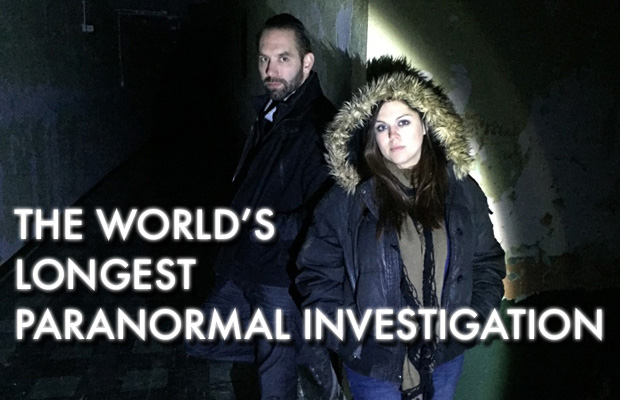

 (Photo credit: 30eastdrive)
(Photo credit: 30eastdrive) (Photo credit: 30eastdrive)
(Photo credit: 30eastdrive) (Photo credit: 30eastdrive)
(Photo credit: 30eastdrive)